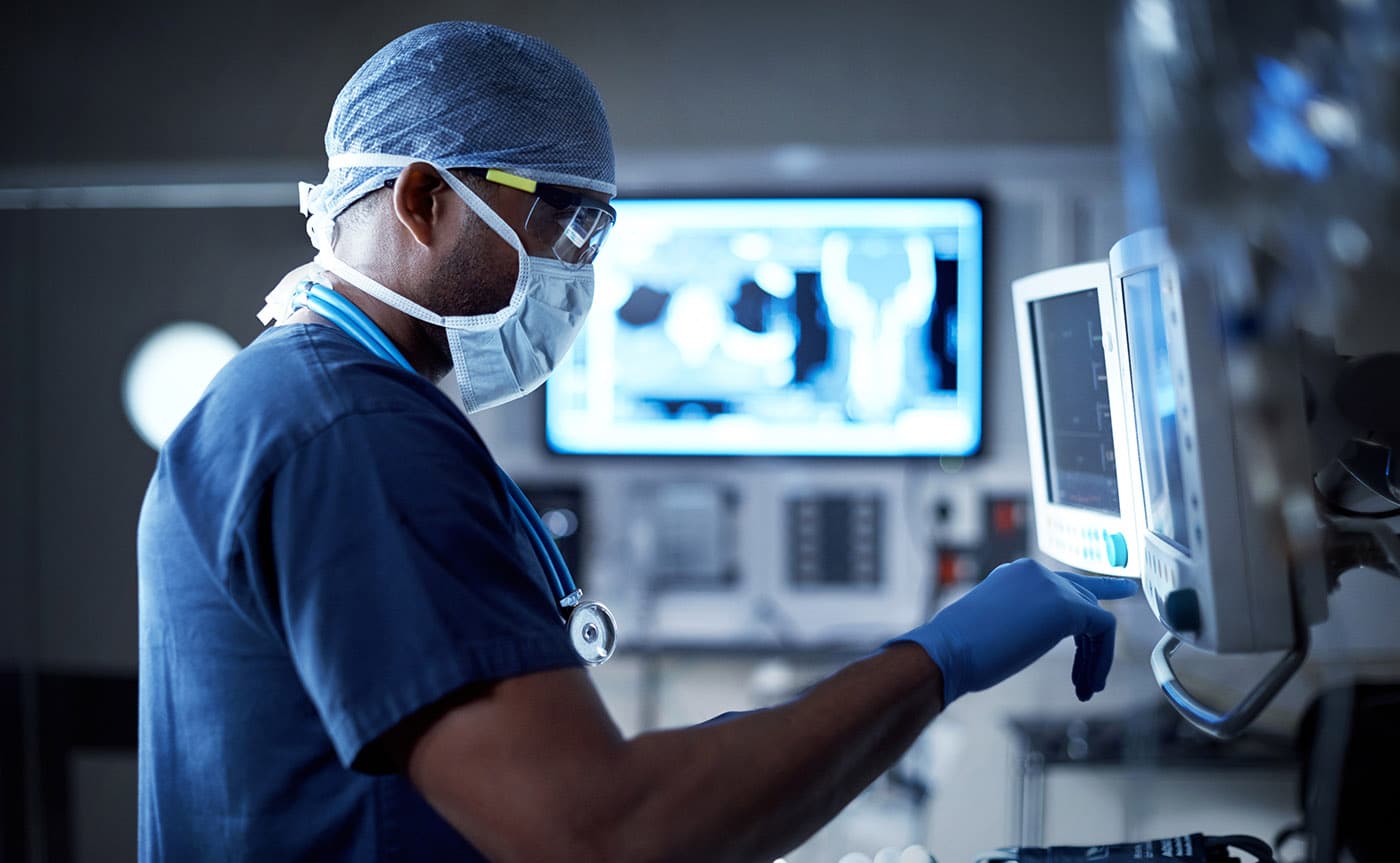There are more than one million healthcare doctors working throughout the United States today. These doctors work in a variety of roles, from surgeons to psychiatrists to general practitioners.
And patients across the United States spend a lot of time in general surgery. In fact, a general practitioner receives about 3,500 patient visits each year.
In order to provide the best possible care for these patients, it is very important that your doctor’s office has all the right equipment. Without supplies of basic medical equipment such as Professional Body Sculpting Machine. You may not be able to help a patient in need.
The following list of equipment that a doctor’s office or clinic must have:

1.Autoclave
The doctor’s office is where people go when they’re sick, so it’s only natural that they see a lot of germs. Controlling the spread of infection is very important to stop the growth of infection. This includes controlling the spread of hepatitis B and C, HIV or human papillomavirus.
This is why an autoclave is a must-have in any hospital inventory list. Autoclave is a container that can heat equipment at high pressure and temperature. This makes it the most effective sterilization method in business.
2.Automatic External Defibrillator
You’re probably familiar with an automated external defibrillator, or AED, even if you don’t know the name.
This life-saving device can access a patient’s heart rhythm if they have a sudden cardiac arrest. If necessary, the defibrillator will also deliver an electric shock to help regulate the heartbeat.
While this may seem like an overwhelming task, the beauty of AEDs is that they are very easy to use. They are also portable so if you have them in your office, you can take them to patients to help them quickly.
3.Basic Diagnostic Tools
The list of medical supplies would not be complete without these basic diagnostic tools:
Blood pressure monitor
Thermometer
Blood test kit
Pulse oximetry
Stethoscope
Ophthalmoscope
Otoscope
colposcope
eye chart
A reflex hammer
You should also ensure that you have procedures and examination tables that suit all your patients. This includes a height-adjustable table and support system. Keeping a step in your office is a useful way to help patients get into a bed that doesn’t have an adjustable height setting.
Special lighting is also important to conduct a thorough examination of each patient.
Every doctor’s office must also have a scale and height measurement. This should be on top to ensure its accuracy. In fact, most doctors buy their scales from specialty medical suppliers, not standard retailers.
4.Procedure Equipment
Sometimes you may need to perform minor procedures on the patient, such as cleaning or dressing a wound. So you should always have a lot of the following:
Adhesive bandage
Antiseptic wipes
Cotton pads and swabs
Gauze
Hypodermic needle
tissue paper
Tissue
Tweezers
Remember to store these supplies hygienically and do not use single-use supplies that have been opened.
5.Emergency Equipment
Sometimes a doctor’s appointment is routine and a patient needs urgent medical help. When this happens, it is important to have emergency medical equipment.
You must have:
Aspirator
Oxygen tube
Oxygen mask
Resuscitation bag or mask
Unified airway suction
foil blanket
trauma board
Ventilator
These items alone may not be enough to save the patient. But they will give them valuable time until you can get them to the hospital.
6.Laboratory Doctor Equipment
Sometimes basic diagnostics can’t tell you everything you need to know. When this happens, you may need to turn to laboratory analysis to get a more comprehensive picture of your patient’s condition.
The list of laboratory medical equipment should include:
A centrifugal
Urine analyzer
chemical analyzer
glucose analysis
Microscope
Refrigerator and freezer for storing specimens
Some offices may choose to outsource some diagnostic tests. But having these supplies will allow you to provide a quick and accurate diagnosis.